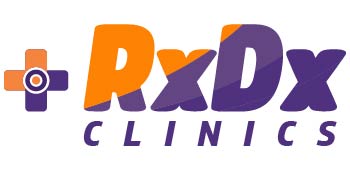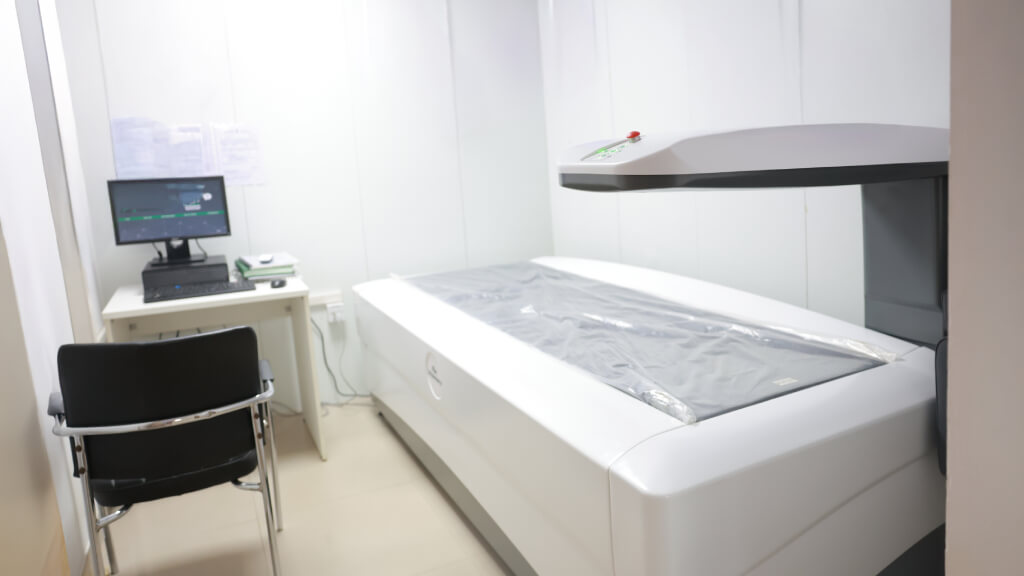Step 1: Diagnosis
The DEXA scan measures your bone mineral density and provides a T-score:
Normal (T-score -1.0 or above)
Maintain with nutrition, exercise, and check-ups.
Osteopenia (T-score between -1.0 and -2.5)
Warning stage; lifestyle changes and close monitoring are key.
Osteoporosis (T-score -2.5 or lower)
High fracture risk; requires medical treatment plus lifestyle measures.
Step 2: Tailored Treatment Options
Lifestyle & Nutrition
- Boost calcium and vitamin D through diet and supplements.
- Weight-bearing exercise (walking, dancing, strength training).
- Fall prevention strategies to protect fragile bones.
Medications
- Bisphosphonates (slow bone loss).
- Denosumab (strengthens bone by blocking bone breakdown).
- Hormonal therapies (in select patients).
Supportive Therapies
- Physiotherapy for postural retraining and balance.
- Occupational therapy for safe movement and independence.
Advanced Care
- In severe cases, surgical options like vertebroplasty or hip replacement may be considered after fractures.
Step 3: Monitoring Progress
Bone health isn’t static. Repeat DEXA scans help track whether treatments are working and whether adjustments are needed. Think of it as a report card for your bones.
Why It Matters
Every patient’s bone journey is different. What you need isn’t a one-size-fits-all pill—it’s a plan based on your actual bone density. The DEXA scan is the map that makes sure you’re on the right road.


